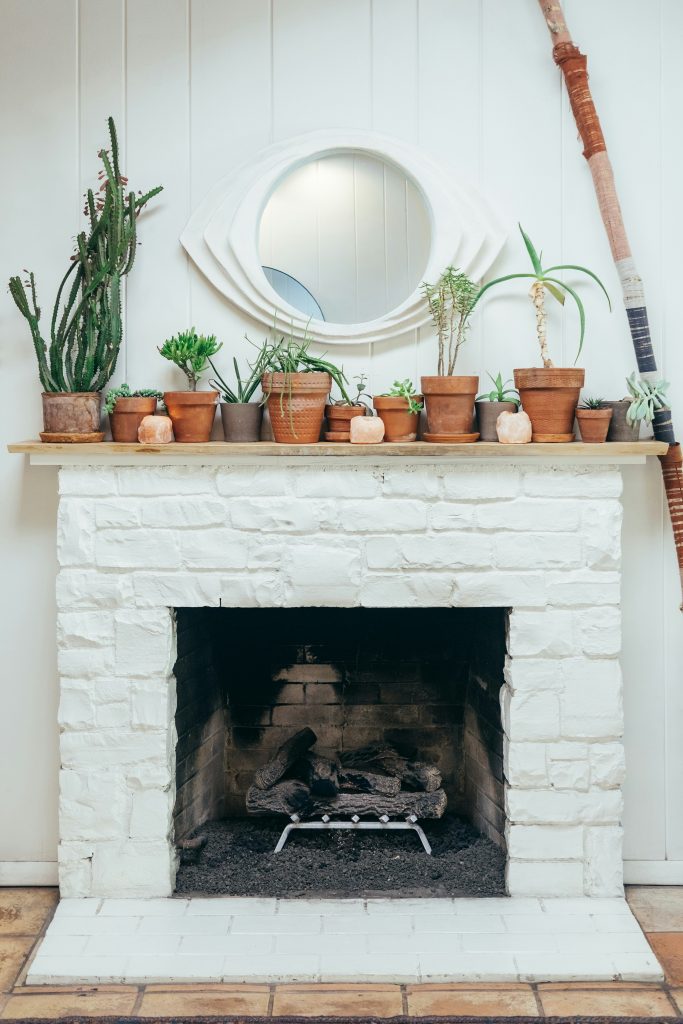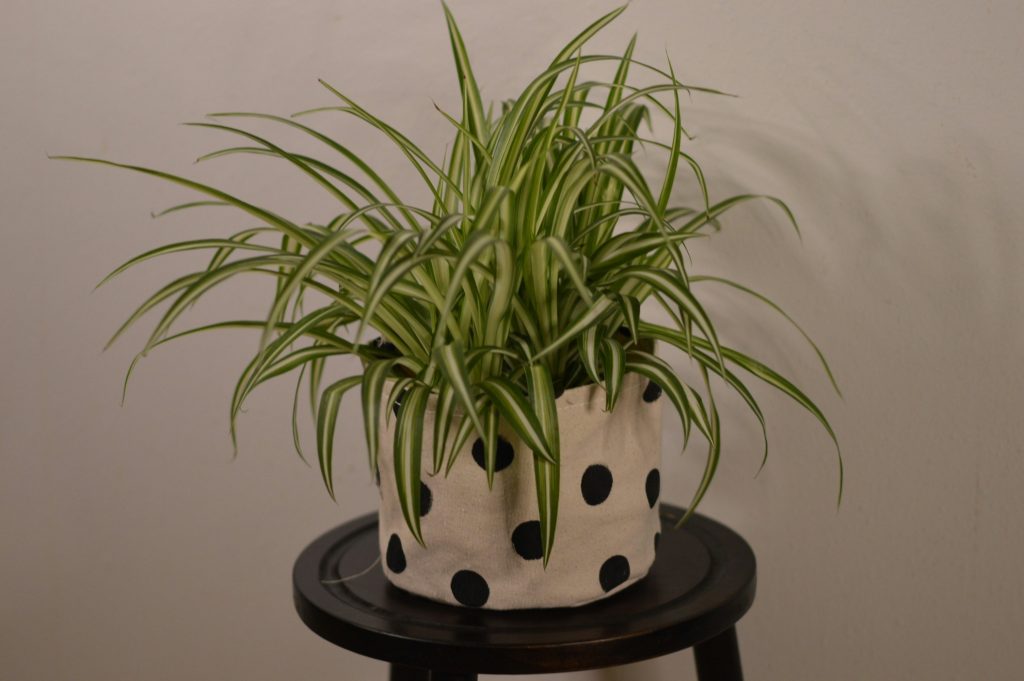As the leaves begin to change and the air turns crisp, I find myself drawn to the idea of decorating my home for autumn in a way that reflects my commitment to sustainability. One of the most effective ways to achieve this is by choosing sustainable materials for my autumn decor. Natural elements such as wood, bamboo, and jute not only bring warmth and texture to my space but also have a lower environmental impact compared to synthetic alternatives.
I often seek out locally sourced materials, which not only supports local artisans but also reduces the carbon footprint associated with transportation. In addition to wood and jute, I love incorporating seasonal elements like dried flowers and gourds into my decor. These items are not only biodegradable but also add a rustic charm that perfectly complements the autumn aesthetic.
I often visit local farmers’ markets or craft fairs to find unique pieces that resonate with my personal style while being kind to the planet. By focusing on sustainable materials, I can create a beautiful autumn atmosphere in my home that aligns with my values.
Summary
- Choose sustainable materials such as reclaimed wood, bamboo, and cork for autumn decor to reduce environmental impact.
- Opt for energy-efficient LED lighting options to save on electricity and reduce carbon footprint.
- Consider eco-friendly fireplace accessories made from recycled materials or sustainable sources to minimise environmental impact.
- Use natural and organic fabrics like organic cotton and linen for soft furnishings to promote sustainability and reduce chemical exposure.
- Incorporate upcycled and recycled decorative items into your home decor to reduce waste and support a circular economy.
Energy-Efficient Lighting Options
As the days grow shorter, I find myself relying more on artificial lighting to brighten my home. However, I am mindful of the energy consumption that comes with it. To combat this, I have made a conscious effort to switch to energy-efficient lighting options.
LED bulbs have become my go-to choice, as they consume significantly less energy than traditional incandescent bulbs and have a much longer lifespan. Not only do they help reduce my electricity bills, but they also contribute to a lower carbon footprint. In addition to LED bulbs, I have started to explore smart lighting systems that allow me to control the brightness and colour temperature of my lights.
This not only enhances the ambience of my home but also enables me to use energy more efficiently. By setting timers and using motion sensors, I can ensure that lights are only on when needed, further reducing waste. Embracing energy-efficient lighting has transformed my living space into a warm and inviting haven while allowing me to be more environmentally conscious.
Eco-Friendly Fireplace Accessories

As autumn settles in, I find myself drawn to the warmth and comfort of a crackling fire. However, I am also aware of the environmental impact that traditional fireplaces can have. To create a more eco-friendly experience, I have invested in sustainable fireplace accessories that align with my values.
For instance, I now use sustainably sourced firewood and eco-friendly fire starters made from natural materials. This not only reduces harmful emissions but also supports responsible forestry practices. Moreover, I have incorporated decorative elements such as recycled metal log holders and reclaimed wood mantels into my fireplace area.
These accessories not only enhance the aesthetic appeal of my living room but also tell a story of sustainability and creativity. By choosing eco-friendly fireplace accessories, I can enjoy the cosy atmosphere of a fire while minimising my environmental impact.
Natural and Organic Fabrics for Soft Furnishings
| Category | Metrics |
|---|---|
| Organic Cotton | Softness, Breathability, Eco-friendly |
| Linen | Durability, Natural Texture, Moisture-wicking |
| Hemp | Strength, Anti-bacterial properties, Sustainable |
| Bamboo | Softness, Hypoallergenic, Biodegradable |
When it comes to soft furnishings, I believe that natural and organic fabrics are essential for creating a comfortable and sustainable home environment. I have made a conscious effort to choose materials such as organic cotton, linen, and hemp for my cushions, throws, and curtains. These fabrics are not only free from harmful chemicals but also biodegradable, making them a better choice for the planet.
In addition to their environmental benefits, natural fabrics offer a tactile quality that synthetic materials simply cannot match. The softness of organic cotton against my skin or the breathability of linen in warmer months adds an extra layer of comfort to my living space. I often find myself drawn to earthy tones and textures that reflect the beauty of nature during autumn, creating a harmonious atmosphere that feels both inviting and sustainable.
Upcycled and Recycled Decorative Items
In my quest for sustainable decor, I have discovered the beauty of upcycled and recycled decorative items. These unique pieces not only add character to my home but also tell a story of creativity and resourcefulness. I often scour thrift shops and flea markets for hidden gems that can be transformed into stunning decor items.
For instance, an old wooden ladder can become a charming display for plants or blankets, while vintage glass jars can be repurposed as candle holders or vases. The process of upcycling allows me to express my creativity while reducing waste. Each item I choose has its own history, and by giving it a new life, I contribute to a more sustainable future.
I take pride in showcasing these one-of-a-kind pieces in my home, knowing that they are not only beautiful but also environmentally friendly.
Low-VOC Paints and Finishes

When it comes to refreshing my living space for autumn, I am particularly mindful of the paints and finishes I use. Traditional paints often contain volatile organic compounds (VOCs) that can be harmful to both health and the environment. To create a healthier home environment, I have opted for low-VOC paints that minimise harmful emissions while still providing vibrant colour options.
Choosing low-VOC finishes has allowed me to transform my space without compromising on air quality. The range of colours available is impressive, enabling me to find the perfect shades that reflect the warm hues of autumn. Additionally, I appreciate that many low-VOC paints are made from natural ingredients, further aligning with my commitment to sustainability.
By making this choice, I can enjoy a beautifully painted home while ensuring that it remains a safe haven for myself and my loved ones.
Indoor Plants for Air Purification
As autumn approaches and we spend more time indoors, I find it essential to maintain good air quality in my home. One of the most effective ways I’ve discovered to achieve this is by incorporating indoor plants into my decor. Not only do they add a touch of nature to my living space, but they also act as natural air purifiers, filtering out toxins and improving overall air quality.
I have curated a collection of hardy indoor plants such as snake plants, peace lilies, and spider plants that thrive in various lighting conditions. Caring for these plants has become a rewarding hobby for me; their presence brings life and vibrancy into my home during the colder months. Moreover, studies have shown that indoor plants can enhance mood and reduce stress levels, making them an ideal addition to my autumn decor.
Eco-Friendly Tableware and Dining Accessories
As I prepare for autumn gatherings with family and friends, I am increasingly conscious of the tableware and dining accessories I use. To align with my sustainable values, I have transitioned to eco-friendly options that minimise waste while still being stylish. For instance, I now opt for bamboo plates and utensils instead of single-use plastic items.
These biodegradable alternatives not only look great on the table but also reduce the amount of plastic waste generated during gatherings. In addition to bamboo tableware, I have invested in reusable cloth napkins made from organic cotton. They add an elegant touch to my dining experience while eliminating the need for disposable paper napkins.
By choosing eco-friendly tableware and dining accessories, I can host gatherings that are both enjoyable and environmentally responsible.
Sustainable Flooring and Rugs
When it comes to flooring choices in my home, sustainability is at the forefront of my mind. I have explored various options that not only enhance the aesthetic appeal of my space but also contribute positively to the environment. For instance, I have chosen bamboo flooring due to its rapid growth rate and renewability compared to traditional hardwoods.
This choice allows me to enjoy the beauty of wood while supporting sustainable forestry practices. In addition to flooring, I have incorporated rugs made from natural fibres such as wool or jute into my decor. These materials are durable and biodegradable, making them an excellent choice for eco-conscious consumers like myself.
The textures and patterns available in sustainable rugs add warmth and character to my home while ensuring that my choices align with my commitment to sustainability.
Composting and Recycling Systems for Waste Management
As part of my journey towards sustainability, I have implemented composting and recycling systems in my home to manage waste effectively. Composting allows me to turn kitchen scraps and yard waste into nutrient-rich soil for my garden, reducing landfill contributions while enriching the earth at the same time. Setting up a compost bin has been surprisingly easy; it requires minimal effort yet yields significant benefits for both my garden and the environment.
In addition to composting, I have established a recycling system that makes it easy for me to sort materials like paper, glass, and plastics. By educating myself about local recycling guidelines, I’ve ensured that I’m doing my part in reducing waste effectively. This dual approach not only helps me minimise waste but also fosters a sense of responsibility towards the environment in my daily life.
Eco-Friendly Heating and Insulation Solutions
As temperatures drop during autumn, maintaining warmth in my home becomes essential. However, I’ve learned that heating can significantly impact energy consumption and carbon emissions if not managed properly. To address this issue, I’ve invested in eco-friendly heating solutions such as energy-efficient radiators and programmable thermostats that allow me to control heating levels based on occupancy.
Additionally, I’ve focused on improving insulation throughout my home by using sustainable materials like sheep’s wool or recycled denim insulation. These options not only provide excellent thermal performance but also reduce energy loss during colder months. By prioritising eco-friendly heating and insulation solutions, I’ve created a comfortable living environment while minimising my ecological footprint during autumn’s chillier days.
In conclusion, embracing sustainability in every aspect of autumn decor has transformed how I experience this beautiful season. From choosing sustainable materials for decor to implementing eco-friendly practices in waste management and heating solutions, each decision contributes positively towards creating a more environmentally conscious home. As I continue on this journey towards sustainability, I’m reminded that even small changes can make a significant impact on our planet’s future.
As the leaves turn and the air becomes crisp, many homeowners are looking to refresh their interiors with eco-friendly autumn home decor. Embracing sustainable practices not only enhances the aesthetic appeal of your home but also contributes to a healthier planet. For those interested in making their homes more environmentally friendly, it’s worth considering the heating options available as the colder months approach. An insightful article that delves into the comparison between heat pumps and gas boilers can be found here. This piece provides valuable information on choosing the best heating solution for your home, ensuring you stay warm while maintaining an eco-conscious lifestyle.
FAQs
What is eco-friendly autumn home decor?
Eco-friendly autumn home decor refers to the use of sustainable and environmentally friendly materials and practices to decorate your home for the autumn season. This can include using natural materials, upcycling items, and reducing waste.
What are some examples of eco-friendly autumn home decor?
Examples of eco-friendly autumn home decor include using organic cotton or linen textiles, incorporating natural elements such as wood, leaves, and pinecones, and choosing energy-efficient lighting options. Upcycling old items into new decor pieces and using non-toxic paints and finishes are also eco-friendly options.
How can I make my autumn home decor more eco-friendly?
You can make your autumn home decor more eco-friendly by choosing sustainable materials, such as bamboo or cork, for furniture and accessories, opting for energy-efficient lighting, and incorporating items made from recycled or upcycled materials. Additionally, you can support local artisans and craftsmen who create eco-friendly decor items.
Why is eco-friendly autumn home decor important?
Eco-friendly autumn home decor is important because it helps reduce the environmental impact of decorating your home. By choosing sustainable materials and practices, you can minimise waste, conserve natural resources, and support ethical and eco-conscious businesses.
Where can I find eco-friendly autumn home decor products?
You can find eco-friendly autumn home decor products at sustainable home goods stores, eco-friendly marketplaces, and online retailers that specialise in environmentally friendly products. Additionally, you can look for local artisans and craftsmen who create eco-friendly decor items.


